Essential for traveling to Japan in the winter! Driving advice on snowy roads - Hokuto City , Yamanashi Prefecture Prefecture -

Snow is unavoidable when driving in winter. Many people feel anxious about driving. Here are some tips and advice for driving on snowy roads.

Hokuto City , Yamanashi Prefecture , at the foot of the Mount Yatsugatake lies at an altitude of between 400m and 1,400m, with each area having its own unique characteristics. At an altitude of over 1,000m, you'll find the well-known tourist destination of Kiyosato , an area that is cool in the summer and bitterly cold in the winter. Snow falls several times each winter, allowing you to enjoy the snowy scenery of the Takaharu. There are also winter activities such as skiing and strawberry picking, as well as the chance to view the snow-capped Mount Fuji in the crisp winter air, making it a fun experience unique to winter.
Why not enjoy a winter getaway to Hokuto City , Yamanashi Prefecture , just a two-hour drive from Tokyo ?
Traveling Hokuto City is convenient by car.

Snow is unavoidable when driving in winter. Many people feel anxious about driving. So, in this article, we will introduce some precautions and advice for driving on snowy roads. We hope that you will find this information useful as a guideline for winter driving.
1. First, check the condition of your car
It's important to check your headlights, indicators, wipers, brakes, and how much gas you have left.
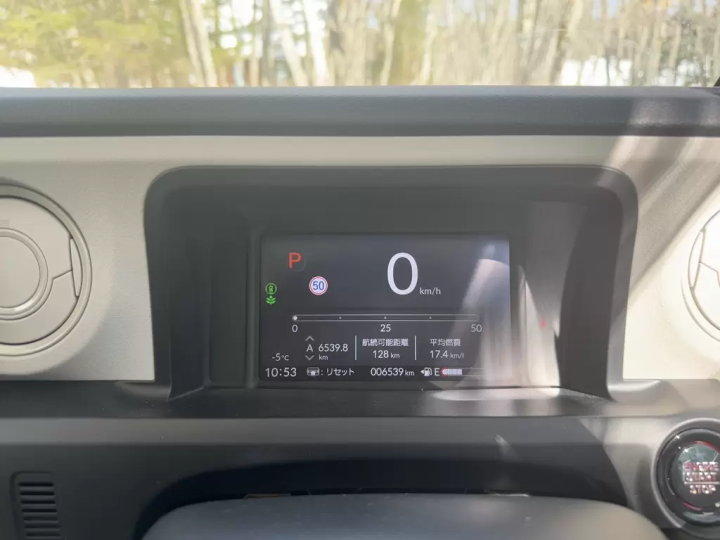
2. Get accident insurance
If you rent a car, we recommend that you take out accident insurance. In the unlikely event of an accident, make sure you know who to contact first and make sure you know the contact details.
3. Choose tires for snowy roads. A four-wheel drive (4WD) vehicle is recommended.

4. Remove snow from your car before driving, especially the roof.
When you brake, snow can slide down and cover the windshield. You can buy a snow brush at 100 yen shops in Japan.

5. Shave the snow off your shoes before getting in the car
If there is snow on your shoes, you may accidentally step on the brake or accelerator.

6. Start the engine
After starting the engine, let it sit for a while. It is important to warm up the engine.
7. Keep the speed between 40 and 60km/h. Be careful not to go too fast.
Frequent lane changes are also prohibited, as this will prevent slipping and accidents.

8. Keep a safe distance from other vehicles
Keep a distance of 2 to 3 cars between you and the car in front of you to ensure you have enough braking distance. Be careful as it is particularly slippery on the ice known as "black ice". *Black ice is usually more likely to occur in places where the temperature is low, such as on bridges, at the entrances and exits of tunnels, and in the shade, or in places where the wind blows easily.

9. Keep your headlights on when driving during the day. Snow can make visibility worse, so keep your headlights on when driving during the day.
This makes it easier for you to see the road and makes it easier for other drivers to see your vehicle.
10. Keep your windshield wipers up when parking your car for long periods of time.
This will prevent snow from building up and becoming difficult to remove.

11. Avoid sudden braking
Sudden braking can cause your car to spin out or lose control, so apply the brakes gradually until your car comes to a complete stop.

Snowy roads can be dangerous, but if you are careful, you can drive safely. Please drive safely for yourself and other drivers.
If you have any other tips, please share them in the comments.
Everyone, please have a safe journey.
Have a safe trip!
It is located in the northwest of Yamanashi Prefecture, on the border with Nagano Prefecture. It is a vast area surrounded by 3,000m-class mountains such as the Yatsugatake Mountains, the Southern Alps, and Mt. Kinpu, and overlooking Mt. Fuji to the south. It is about a two-hour drive from Tokyo, about an hour from Mt. Fuji, and about an hour from Matsumoto, and is easily accessible, so many tourists visit throughout the year. It is also known as a "village of famous water," and three places have been selected as one of Japan's 100 famous water sources. This bounty of water is loved as natural water, and the area boasts one of the largest production volumes of mineral water in Japan. Sake is also produced from the pure water, and you can enjoy beautiful natural scenery and rich food.
The contents on this page may partially contain automatic translation.
















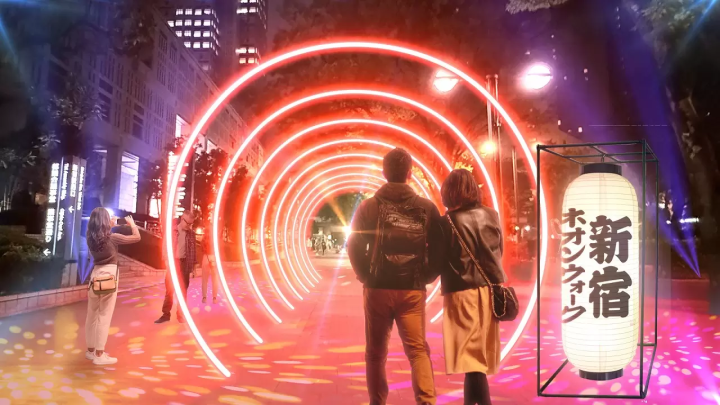
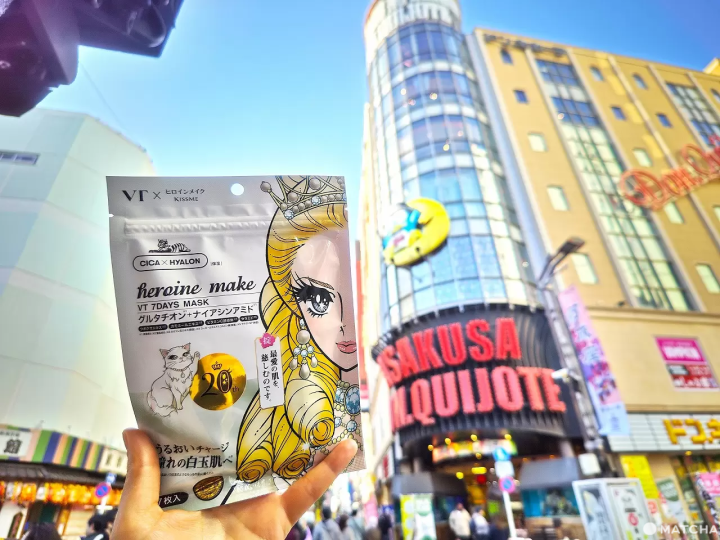
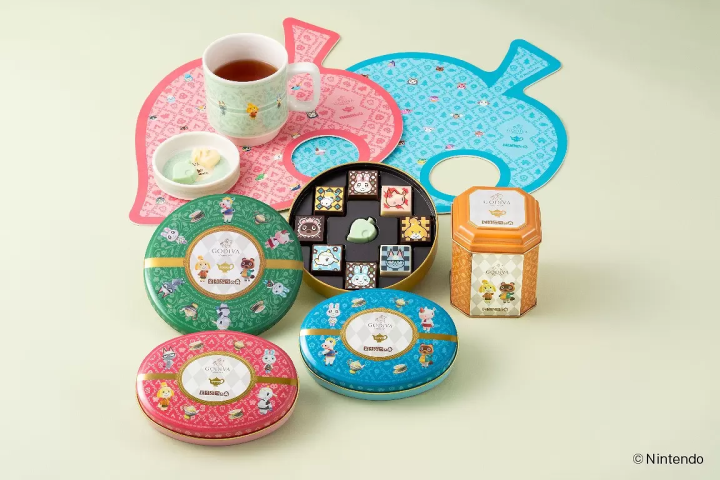
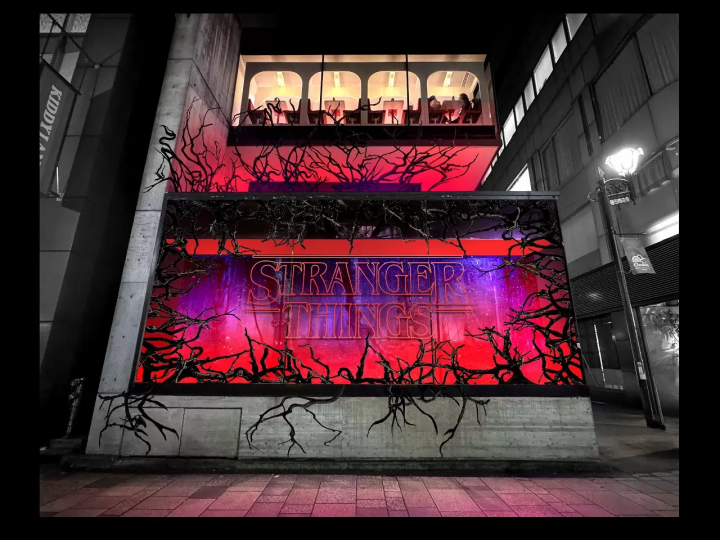
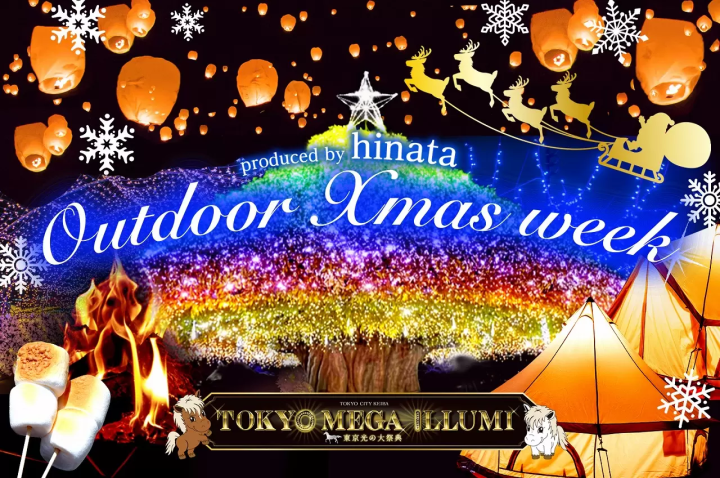
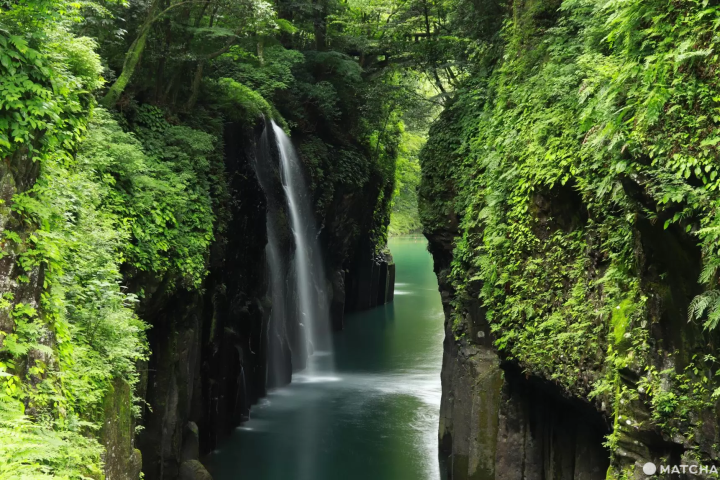




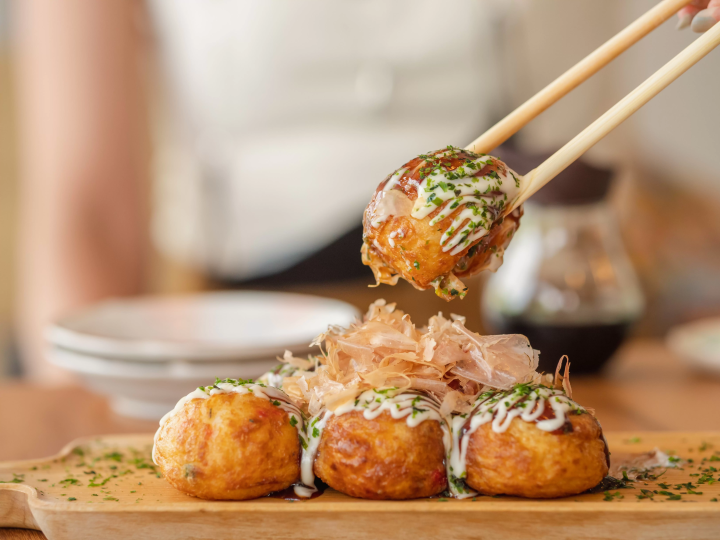
![[2026 Edition] FORMUAL 1 JAPANESE GRAND PRIX Information](https://resources.matcha-jp.com/resize/720x2000/2025/10/05-245984.webp)

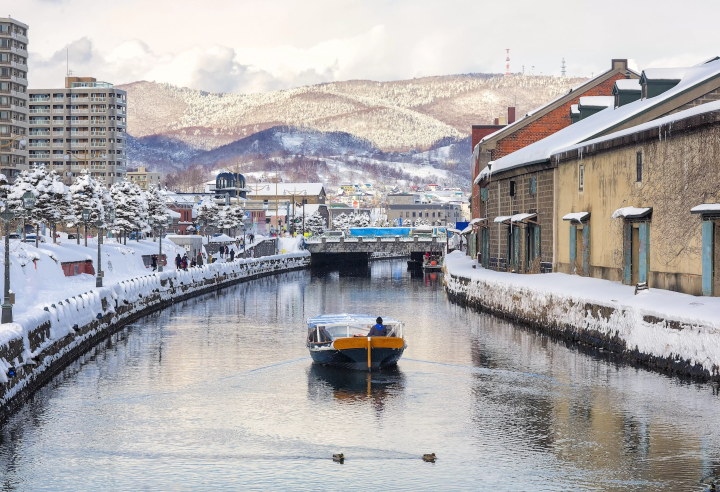
![[2025 Update] Namba's spectacular illuminations! "Namba Hikari Tabi" with approximately 1 million shining lights](https://resources.matcha-jp.com/resize/720x2000/2025/12/12-252825.webp)